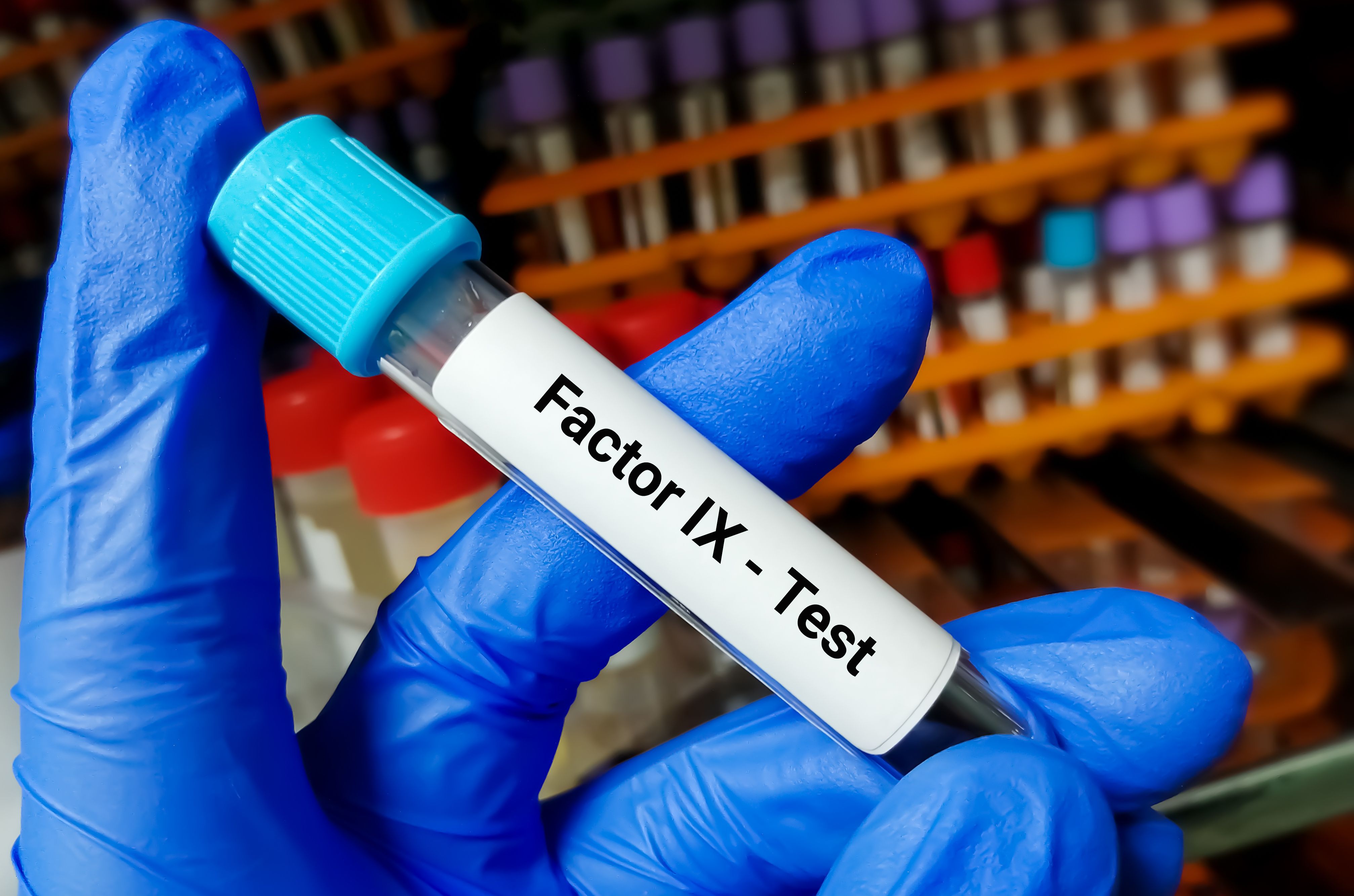News
Article
Gene Therapy for Hemophilia B Could Lower Health Plans’ Budget Over Time
Author(s):
Health plans would see savings faster if they switched to etranacogene dezaparvovec sooner, the investigators found.
The use of gene therapy for people with hemophilia B can result in overall cost savings for US health plans, according to a new analysis, but it may take several years for the savings to be realized.
The report, which was published in the Journal of Managed Care Pharmacy, comes nearly 2 years after the Food and Drug Administration (FDA) first approved etranacogene dezaparvovec (Hemgenix) for the treatment of hemophilia B.
The analysis is important because etranacogene dezaparvovec comes with an estimated price tag of $3.5 million, but it has the potential to eliminate the need for a lifetime of prophylactic therapy.
Switching patients with hemophilia B to gene therapy may compound immense health care savings in the long term | image credit: Saiful52 - stock.adobe.com

Corresponding author Songkai Yan, MS, of CSL Behring, noted that the current standard of care for people with severe or moderately severe hemophilia B is routine prophylactic administration of blood clotting factor IX (FIX), which is deficient in people with hemophilia B.1
“Although FIX prophylaxis is effective at reducing the risk of bleeds, the treatment is costly, with annual prophylaxis costs of more than $600,000 per year in the United States,” they wrote.
CSL Behring is the distributor of Hemgenix. The study was conducted by RTI Health Solutions and funded by CSL Behring.
According to a 2021 analysis, FIX prophylaxis accounts for more than 90% of the overall cost of treating patients with hemophilia B.2 Yan and colleagues added that, despite its general efficacy, prophylaxis does not eliminate the risk of bleeding episodes. One study found 9% of people with hemophilia B experienced a bleed-related hospitalization over a 12-month period, despite being treated with FIX prophylaxis.3
Etranacogene dezaparvovec is a gene therapy designed to provide a more durable solution by delivering a gene for FIX to the liver, resulting in an increase in FIX activity and ideally an ability for patients to cease taking FIX prophylaxis. A phase 3 trial of the therapy found that at 24 months there was a 64% reduction in the annualized bleed rate (ABR) of patients receiving the therapy (mean ABR 1.51; P = 0.0002) in months 7 through 24 post-administration.4
Still, the high price tag of etranacogene dezaparvovec raises questions about how the therapy’s introduction might affect the overall cost of healthcare.
To find out, Yan and colleagues developed a budget impact model to estimate the impact of the therapy on a hypothetical million-member health plan’s 5-year budget. They used published reports of the cost of existing FIX therapy prophylaxis to estimate the cost of traditional prophylaxis, and $3.5 million for the gene therapy. In addition, they used estimates based on published literature to calculate the costs of disease monitoring, bleed management, and adverse events.
Uptake of etranacogene dezaparvovec was estimated using 2 different analyses. In the first, eligible patients were switched to the new therapy over the course of the 5-year model; in the second, the authors assumed all eligible patients received the therapy in the first year of the model.
Given the rarity of the disease, the investigators estimated that the million-member health plan would have 1.8 patients with hemophilia B who would be eligible for etranacogene dezaparvovec.
The investigators found that a gradual uptake of the gene therapy would add a cumulative total of $848,509 to the plan’s budget over the course of 5 years, compared to a scenario in which no patients took the new therapy. When that analysis was expanded to 10 years, though, the newer therapy would lead to cumulative savings of about $1.3 million, the investigators found.
Conversely, if etranacogene dezaparvovec were given to all eligible patients in the first year of the analysis, savings would begin in the second year, and the health plan would save $754,844 over the course of 5 years, and nearly $8 million over 10 years.
Yan and colleagues said one difficult part of the analysis is the time horizon. Using a 5-year horizon might underestimate the long-term savings to a health plan. However, health plans must also factor in the possibility that a patient leaves the health plan after receiving the therapy, thus depriving the health plan of the full savings associated with paying for the high-cost gene therapy.
Yet, the authors said their data show that health plans can realize savings more quickly by moving patients to etranacogene dezaparvovec sooner.
“Faster uptake of etranacogene dezaparvovec will lead to greater up-front costs but may result in greater long-term budget savings if these individuals remain with the same health plan,” they wrote.
References:
- Wilson M, McDade C, Thiruvillakkat K, Rouse R, Sivamurthy K, Yan S. Assessing health plan payer's budget impact of etranacogene dezaparvovec for the treatment of hemophilia B in the United States. J Manag Care Spec Pharm. 2024;30(8):805-816. doi:10.18553/jmcp.2024.23214
- Li N, Sawyer EK, Maruszczyk K, et al. Adult lifetime cost of hemophilia B management in the US: payer and societal perspectives from a decision analytic model. J Med Econ. 2021;24(1):363-372. doi:10.1080/13696998.2021.1891088
- Burke T, Asghar S, O'Hara J, Sawyer EK, Li N. Clinical, humanistic, and economic burden of severe hemophilia B in the United States: results from the CHESS US and CHESS US+ population surveys. Orphanet J Rare Dis. 2021;16(1):143. doi:10.1186/s13023-021-01774-9
- Pipe SW, Leebeek FWG, Recht M, et al. Adults with severe or moderately severe hemophilia B receiving etranacogene dezaparvovec in the HOPE-B phase 3 clinical trial continue to experience a stable increase in mean factor IX activity levels and durable hemostatic protection after 24 months’ follow-up. Blood. 2022;140(suppl 1):4910-2. doi:10.1182/blood-2022-166135




